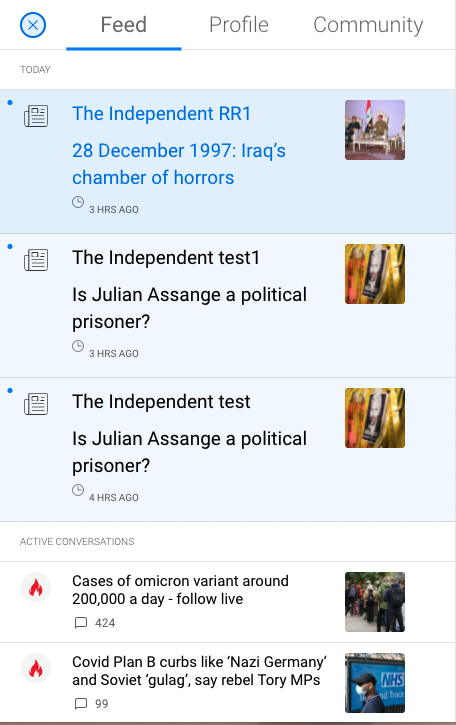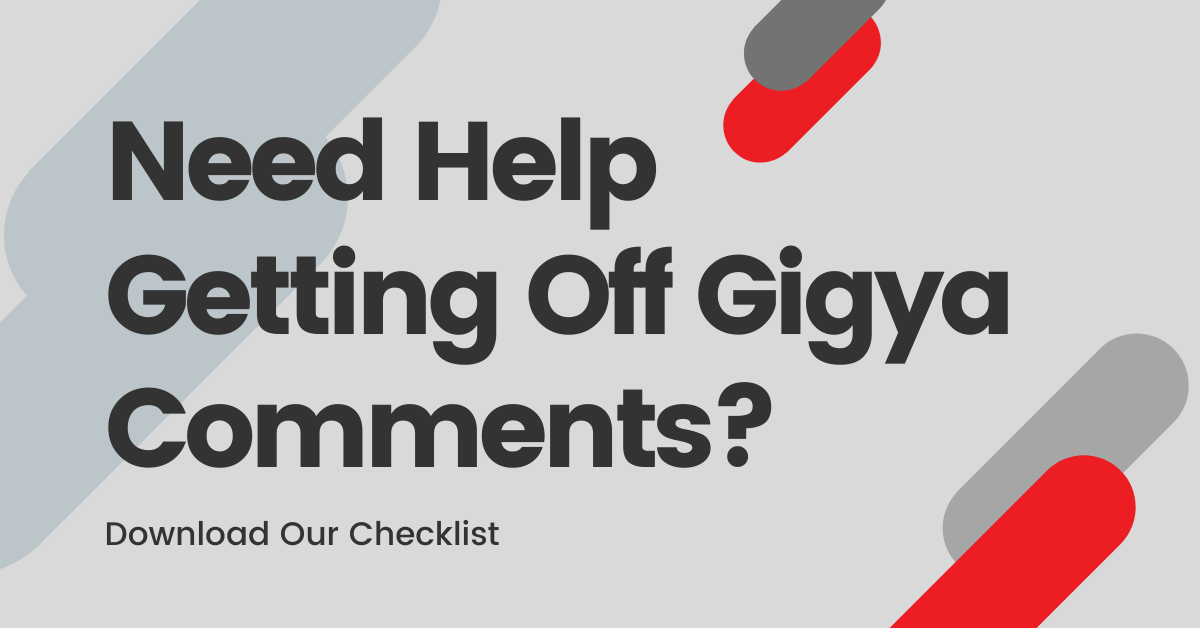When it comes to holding live events, a seamless user experience is paramount. People have come to your platform to engage with its content, event coverage, and to interact with like-minded members of the community. If there are barriers to discoverability, technological hoops to jump through, and endless points of friction after their arrival – visitors will look elsewhere and take with them their potential contributions to your organization’s growth.
In the wake of your first big live event, an assessment of your user engagement and registration rates leading up to, during, and after the big day will help you gather valuable insights. That said, if this is your first rodeo, what can be done to set your platform up for success without prior experience or concrete data? What can an audience-first strategy do to drive a frictionless user experience?
Don’t let a lack of data determine the success of your first big live event. There are steps you can take to ensure gains in positive engagement and registration rates. Those gains will come hand in hand with abundant data and audience insights essential for when optimizing your strategy for next time.
Everyone wins when a live event succeeds
International events like the World Cup are incredible opportunities for platforms ready to make their live event debut. Something like the World Cup gives companies a chance to be the platform that connects audiences to valuable content like live venue coverage, events being held around the world that are World Cup related, and exciting discourse with the sports community. It’s imperative to keep the ‘live’ in live events; create a space where visitors can connect and share, comment on plays made by the world’s superstars, and experience the thrill of watching the World Cup with fellow fans in real time.
Assuming your live event attendance is good and your audience is engaged, satisfied, and happy to register in exchange for the value of the experience you’ve prepared for them, the rewards to your preparation will be immediately evident.
- Interactions = Insights: Live events are an excellent opportunity to acquire first-party data and gain insight into the tastes, preferences, and sentiments of visitors. Those insights can then be used to hone your audience-first strategy and optimize the content you put out thereafter.
- Reusable: when the event comes to a close, consider keeping it up for a while. If it was a successful event, there’s a good chance it could continue to be a valuable entry point for future or returning visitors. Work the landing page into your overarching experience and motivate more people to embark on deeper journeys into your site.
Consistency earns brand loyalty
Maintaining consistency in the look, feel, and tone of your platform is an important conversion point on its own. Consistency gives way to familiarity and taps into the same user tastes, preferences, and sentiments you should be catering to based on the insights you’ve gathered from their data.
Consistent user experiences are prime examples of how to convert more event attendees into loyal subscribers. The average conversion rate from live event attendees is 12.6%, and over one third of organizations convert users at rates higher than the average.
The purpose of live events is to leverage a time-sensitive, traffic heavy, and topical event in order to convert as many visitors to registered users and reward the loyalty of existing core users. It is, in the truest sense of the term, a value exchange moment. By providing users with the opportunity to engage with a special event they care about with as little friction as possible, your brand stands to earn the trust of users and become recognized as a provider of an experience worth their time and interest, not to mention something they see as worth sharing within their networks and beyond.
Tech solutions for live event first-timers
The right technology can bring all of these ideas to fruition. Digital community experience platforms power highly engaging live event experiences that dramatically increase engagement, page views, and registrations throughout the event. These platforms often also provide assistance with conversion strategies that earn more brand loyal users over time.
The Second Screen Experience
The multi-screen experience isn’t new. For many, scrolling on their phone has become an essential part of watching television – live events or not. Who among us hasn’t googled ‘Is Zendaya a nepotism baby?’. It’s second nature at this point, and an excellent behaviour to consider when optimizing your approach to engagement. People need to be able to watch and interact with content at once.
When planning your upcoming live event, make sure that your platform facilitates a valuable second-screen experience. Give users the freedom to engage through your website or app; let them comment on big moments, interact with fellow attendees, and ask questions of expert speakers or panellists. This is one of the best ways to immerse people within the live event experience and earn their brand loyalty and trust in you as a content provider that understands them.
Live Blogging
Not everyone has time to pay attention to a live event in its entirety. Regular day to day busy schedules aside, some events may be occurring in different time zones and over hours, days, or weeks in some cases. Leaving this consideration out of your pre-event planning would be a disservice to its potential for success.
A platform with a built-in live blogging feature is an excellent way to provide folks the chance to enjoy the event without scheduling conflicts or inflicting FOMO on potential visitors. People can focus on the tasks they need to complete and use their second screens to follow along with minute to minute updates posted to the live blog. If they get a moment, they can comment on one of the updates and start a conversation with other members of the community.
AI Moderation
Not everyone is comfortable expressing their feelings or opinions. Those concerns are stronger on the web where trolls can easily attack or demonize other event attendees. If people don’t feel comfortable, they may stay silent or worse – leave. They miss out on the experience you’ve spent so much time preparing for them, and you miss out on valuable first-party data insights.
A platform that incorporates a moderation engine into its framework is a fantastic first line of defence. These AI moderation tools can enforce and maintain community guidelines in the absence of a 24 hour team of moderators. Any language deemed inappropriate is flagged and removed from the comments section, helping others feel comfortable sharing their thoughts and feelings without fear of being cyber attacked by bullies or trolls.
Preparation is everything
All of these strategies, digital experience platforms, and live event engagement styles are at your disposal. Each one (or a mix) is capable of helping you launch a successful live event. That said, it’s imperative to keep in mind that your approach to live events must be aligned with your organization, the rest of your content and communications, and the company’s values as well as those of its loyal subscribers.
Beyond that, another important consideration when planning live events is ‘will this be worth their time and does it show them we are focused on their interests and preferences?’. A well planned and timely live event has the potential to reinvigorate a waning publication, it’s simply a matter of preparing your platform to win over the eager masses headed your way with a valuable and rewarding experience.
















